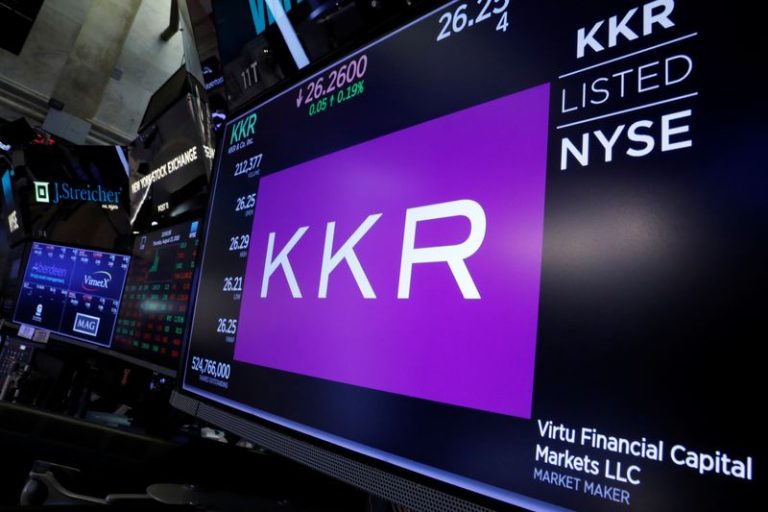By Himanshi Akhand
(Reuters) – Shares of Perpetual fell nearly 10% on Tuesday after Australian tax authorities’ review of its deal to sell wealth management and corporate trust businesses to KKR & Co (NYSE:KKR) revealed higher liabilities and lower shareholder returns.
The fund manager said that the Australian Taxation Office (ATO) refused to issue a binding ruling confirming that Part IVA of tax rules, which could be used to invalidate the tax benefit of a scheme, would not apply to the KKR deal.
Perpetual now estimates taxes and duties relating to the deal to be between A$493 million ($317.20 million) and A$529 million, compared with its initial assessment of between A$106 million and A$227 million.
This also means that estimated cash proceeds from the deal would reduce to A$5.74 to A$6.42 apiece, from the previously expected range of A$8.38 to A$9.82.
Shares of the fund manager fell as much as 9.7% to A$19.785 after the taxation update, marking their biggest intraday drop since late-July 2023 and becoming the top loser in the benchmark ASX 200 index.
Perpetual said it was “extremely disappointed” and that it disagrees with the tax office’s views.
“Perpetual considers it has strong grounds to dispute this position … Perpetual and KKR are engaging to consider the potential impact on the transaction,” the company said in a statement.
Analysts at Citi said ATO’s assessment would see significant tax leakage from the deal.
“It seems hard to see the independent expert now being able to recommend the deal as being in the best interest of shareholders while a shareholder vote would also be unlikely to proceed,” Citi analysts said.
With the deal unlikely to proceed in the originally proposed form, Perpetual’s options would now include those for the business to stay together with the hope for someone to buy the whole business including the asset management segment, Citi said.
($1 = 1.5542 Australian dollars)

